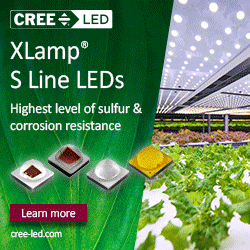Lifeasible Provides a Full Range of Methods for Phytochemical Tests
Lifeasible, as a leading plant biotechnology company, now provides a full range of traditional and advanced methods for both plant extraction and phytochemical detection.
Lifeasible, as a leading plant biotechnology company, now provides a full range of traditional and advanced methods for both plant extraction and phytochemical detection.
Phytochemicals are active and health-care substances contained in plants. Known as "the gift that plants give to mankind". Phytochemicals are one of the most important discoveries of mankind in recent years, and their significance is comparable to that of antibiotics and vitamins. In recent years, with the development of technologies such as identification, separation and purification of phytochemicals, international research on the biological effects, structure-activity relationship, dose-response relationship, safety evaluation and other aspects of phytochemicals has also made great progress.
Phytochemicals are naturally occurring secondary metabolites of plants. Phytochemicals not only provide plants with characteristic color, aroma and flavor, but also play an important role in regulating plant cell function. In addition, an increasing number of studies have shown that this phytochemical has great medicinal value with minimal side effects. Therefore, the characterization and assessment of phytochemicals is a critical step in the discovery of plant-derived drugs.
Up to now, Lifeasible's traditional and advanced methods for both plant extraction and phytochemical detection mainly include:
Extraction Methods
The selection of extraction methods is based on the types of plant materials (e.g. plant cells, tissues or whole plant), as well as the biochemical characters of the target phytochemicals (solubility, stability, etc.)
Qualitative Analysis Methods
Qualitative analysis allows the detection and sometimes localization of phytochemicals in given plant materials. Different tests can be applied for the detection of different types of phytochemicals. Also, multiple tests can be performed to detect one specific phytochemical for validation purposes.
Quantitative Analysis Methods
Chromatography, Ultraviolet (UV) Spectroscopy, Infrared (IR) Spectroscopy, Mass Spectroscopy (MS), Nuclear Magnetic Resonance (NMR) Spectroscopy, X-Ray Crystallography, etc.
As a major plant biotechnology company with many years of experience in plant-related analysis, Lifeasible provides a wide range of method options, optimized protocols, and state-of-the-art technologies and experimental facilities to its valued customers worldwide.
If you would like to know more detailed information, please visit https://www.lifeasible.com/custom-solutions/plant/analytical-services/phytochemical-analysis/phytochemical-tests/.
Featured Product

Maximize Yields with Advanced Horticulture LEDs
Cree LED's new XLamp® S Line LEDs deliver enhanced growth, longer lifetimes, and lower energy costs for horticulture and agricultural lighting. Featuring upgraded XP-G3 Photophyll™ Select, Royal Blue, and XP-E2 Far Red LEDs with industry-leading sulfur and corrosion resistance, they provide up to 14% improved efficiency, helping growers elevate yields and optimize performance across their lighting systems.
